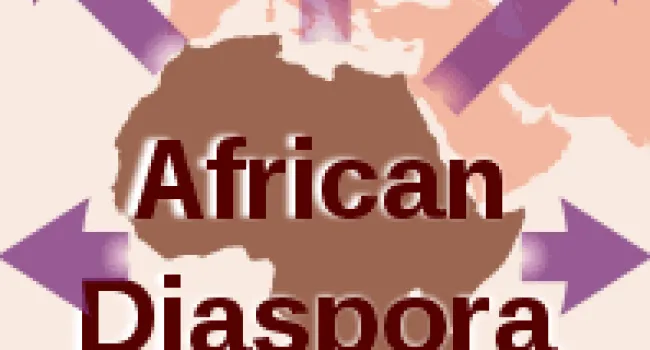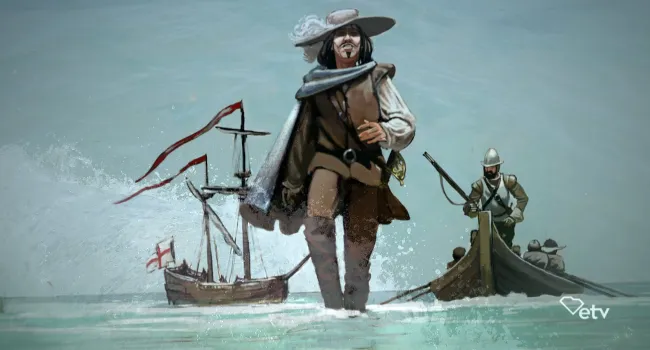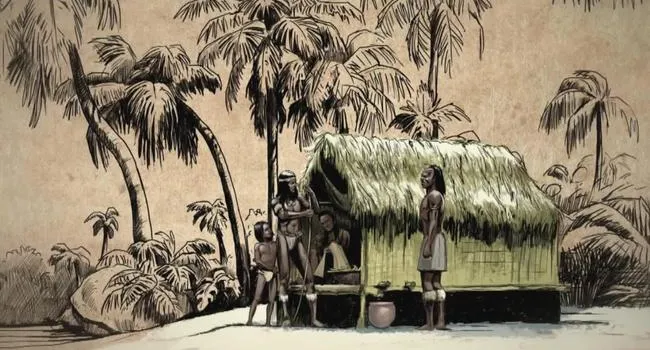
Bra Fie (translates from the Ghanian Language- Akan to “Come Home
Lesson
Students will explore the history of Blacks in America with an emphasis on why some organizations urge African Americans to journey back to their roots.
Grade(s): 6
Subject(s): Social Studies
Year: 2019

Lesson
Students will explore the history of Blacks in America with an emphasis on why some organizations urge African Americans to journey back to their roots.

Video
From 1617 to the abolishment of the English slave trade in 1807, Bunce Island was the last glimpse of home for tens of thousands of enslaved Africans. Today, only ruins remain, as a testament to the...
Document
Part 1: In the Beginning ( CLICK FOR VIDEO) Amalgam – A mixture or blend Amerindians – A member of the indigenous peoples of the Americas Barbados – An island country in the Lesser Antilles of the...
Video
The Barbados Adventurers With the success of the sugarcane crop, Barbados quickly became the wealthiest colony in the New World, and the most densely populated place on the planet. Successful...
Video
Colony Of A Colony Most of the colonists who settled in Carolina were wealthy English planters, with names such as Middleton, Drayton, Colleton, and Yeamans. The vast wealth accrued in Carolina was...
Video
In The Beginning Most students today understand that the Carolinas were colonized by the English who had come to the Charleston area by way of Caribbean trade routes, primarily Barbados. The story of...
Video
Sweet Success Dutch Sephardic Jewish colonists moved from Brazil to Barbados to escape the religious persecution of the Spanish Inquisition. These Sephardic Jews brought with them the knowledge to...
Video
Charleston, South Carolina, is a city rich in African American culture. Sullivan’s Island, once an entry port from Africa for the slave trade, was considered the gateway to the United States. The...